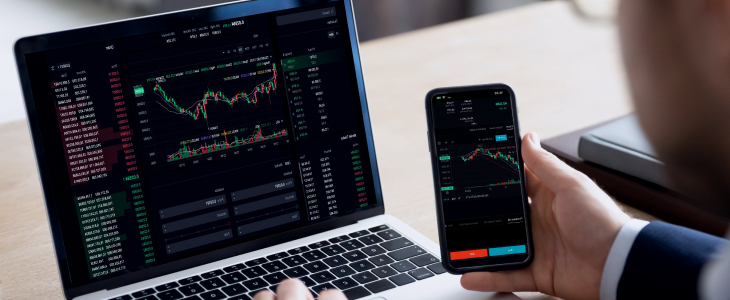
Understanding Forex Trading Time Zones: Maximize Your Trading Potential
The foreign exchange (forex) market operates 24 hours a day, five days a week, making it one of the most dynamic and exciting financial markets available to traders. However, to navigate the complexities of forex trading effectively, understanding time zones is crucial. This article will delve into forex trading time zones, their significance, and how to leverage them for better trading results. You can further enhance your trading experience by exploring reliable resources such as forex trading time zones Uganda Brokers.
The Basics of Forex Trading Time Zones
Forex trading takes place in various financial centers around the world, each with its own local time zone. The major trading sessions are divided into four key markets: Sydney, Tokyo, London, and New York. Each of these markets overlaps with others, allowing for continuous trading and high liquidity. Understanding the characteristics of these trading sessions is important for optimizing your forex trading strategy.
1. Sydney Session
The Sydney session kicks off the forex trading week, opening at 10 PM GMT on Sunday and continuing until 7 AM GMT on Monday. Although this session experiences less volatility compared to others, it can provide unique trading opportunities, particularly for currency pairs involving the Australian dollar, such as AUD/USD. Additionally, the Sydney session is often matched with the stability of the Asian markets.

2. Tokyo Session
The Tokyo session begins at 12 AM GMT and runs until 9 AM GMT. As one of the largest financial hubs in Asia, Tokyo experiences significant trading activity, particularly in Japanese yen pairs such as USD/JPY. Traders often see volatility during the Tokyo session as it overlaps with the end of the Sydney session, creating opportunities for currency movements.
3. London Session
The London session is considered the most active among the forex trading sessions, opening at 8 AM GMT and closing at 5 PM GMT. This session overlaps with both the Tokyo and New York sessions, resulting in high trading volumes and increased volatility. The London session is particularly important for trading major currency pairs, such as EUR/USD and GBP/USD, as many economic reports and news events are released during this time.
4. New York Session
The New York session opens at 1 PM GMT and closes at 10 PM GMT. As the closing session of the trading day, it sees significant activity, especially during its overlap with the London session. Currency pairs such as USD/CAD and GBP/USD tend to experience higher volatility during this time due to the release of key economic indicators and market-moving news events.
Why Time Zones Matter in Forex Trading

Understanding forex trading time zones is vital for several reasons:
- Market Volatility: Different sessions have varying levels of volatility, making it crucial to know when to trade. The overlaps between sessions generally provide more trading opportunities due to increased volume.
- Liquidity: High liquidity during specific sessions makes it easier to enter and exit trades without significant price slippage.
- Economic News Releases: Economic indicators are often scheduled based on local time, meaning traders should be aware of when news events are released to anticipate potential market movements.
- Trading Strategy: Timing can impact your trading strategy. Traders may choose to follow technical analysis during less volatile times and switch to fundamental analysis when the market is more active.
Tips for Trading Across Different Time Zones
To maximize your trading potential across different time zones, consider the following tips:
- Know the Time Zone Differences: Be aware of your local time zone in relation to the major trading sessions. Create a trading schedule that allows you to participate during high-activity times.
- Use a Forex Trading Clock: A forex trading clock can help you keep track of the current time in each trading zone, ensuring you don’t miss significant trading opportunities.
- Stay Updated on Economic Calendars: Regularly monitor economic calendars to be informed about upcoming releases that could impact the market during your chosen trading sessions.
- Experiment with Opening and Closing Times: Experiment with trading at different times during the day. What works for some traders may not work for you, so find what fits your strategy best.
- Maintain a Trading Journal: Keeping a record of your trades can help you understand how your results vary across different sessions, enabling you to refine your trading strategies.
Conclusion
To wrap up, grasping forex trading time zones is not just about knowing when the market opens and closes. It’s crucial to understand market dynamics, volatility, and liquidity to make informed trading decisions. By strategically planning your trading activities around these time zones and staying updated on economic events, you can significantly enhance your trading success in the forex market. Whether you are a novice trader or an experienced one, always remember that timing can make a significant difference in forex trading.
